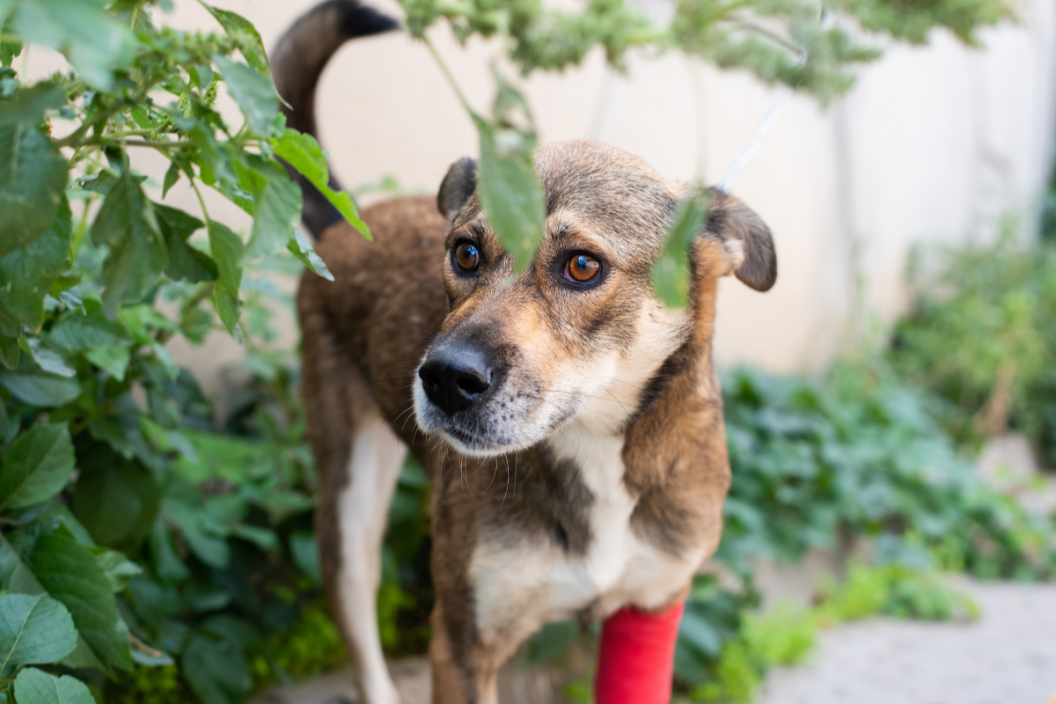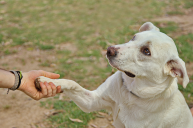Nothing is quite like adopting a rescue dog.
So you just adopted a rescue dog. Congratulations! You've opened your heart and your home to an animal in need. Training a rescue dog comes with its own set of challenges, though. Unless you pick a puppy, chances are, the people at the rescue won't know your new furry friend's entire backstory. Without that history, training a shelter dog can be difficult, but there are a few tips and tricks that can help make introducing an adult dog to his new home easier.
Adopting an older dog from a rescue group or animal shelter, instead of a puppy, means that the training it requires likely won't include house training or even, in some cases, crate training.
Here are six of the best tips to train your dog.
6 Tips for Training a Rescue Dog
1. Remember that dog training is an investment.
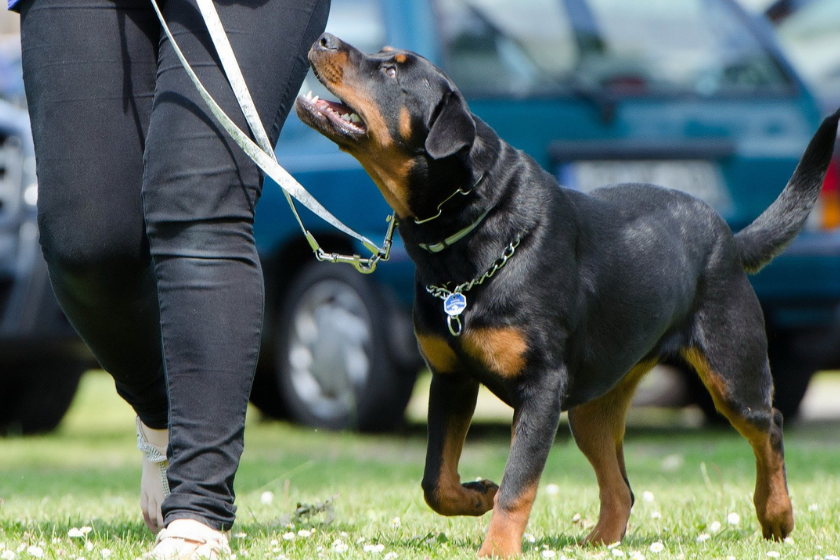
From clickers to e-collars, there are a lot of types of dog training. Training on your own, if you have enough experience, is great. But training in a group setting with a dog trainer is even better. Training classes will quickly socialize your dog, teach you and your dog how to work together, and will be a bonding experience. If you have a significant other, siblings, or parents nearby, see if they can join as well.
Consistency is key with training, and the more people who know how to correctly speak to your dog, the better.
2. Bring treats.
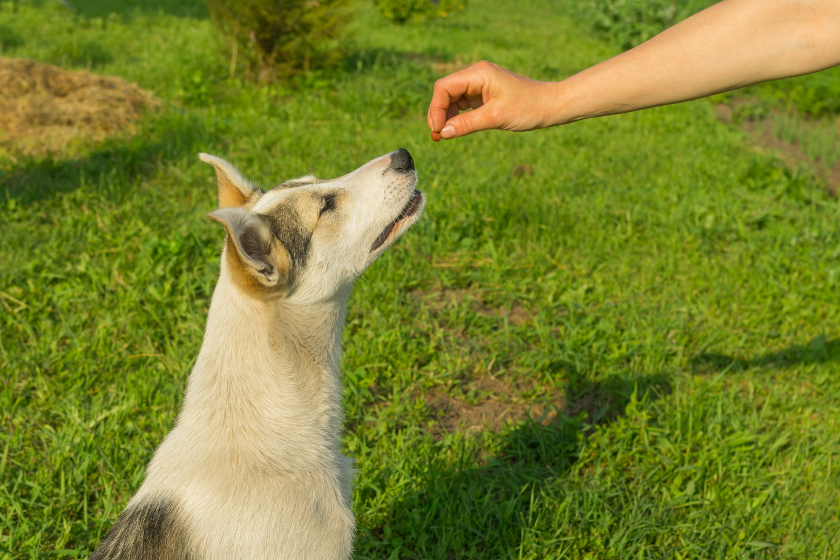
Bring treats with you that you know your dog likes. Either make your own, or let your dog sniff and decide from the training treats part of your pet store's treat aisle. The dog trainer's treats may not agree with your dog's digestive system, or your dog just may not like them. If you'd like some ideas for homemade treats, here are the easiest homemade dog treats you'll ever make.
A handful of food also works, especially if your trainer suggests not feeding your dog before class. Positive reinforcement for good behavior will be the best thing while training your new rescue dog!
3. Do not go for a long walk before class.
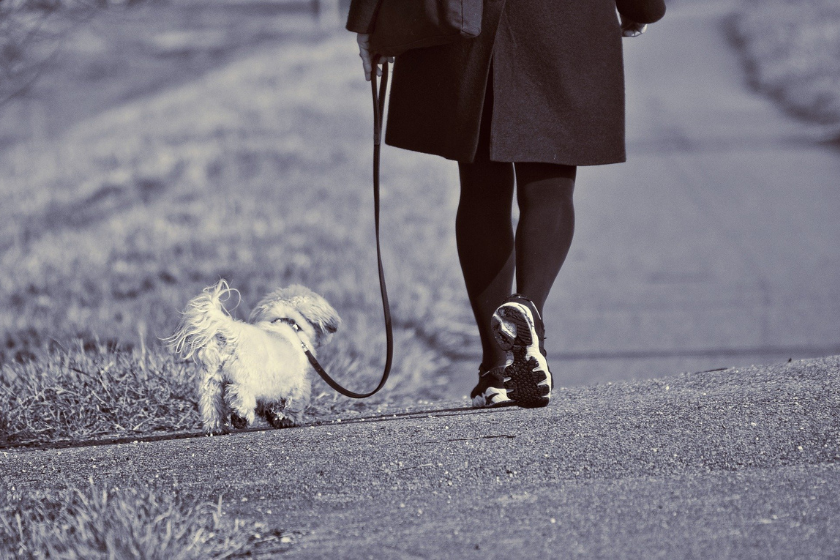
Walking your dog is usually an important part of dog ownership, but make sure you walk your dog after your training session. Walks might tire your pup out, and you want him to be ready for the demands of dog school. Be sure your dog is wide awake and ready to learn. A sleepy dog will not be interested in training and will merely want to curl up by your feet.
4. Practice at home.
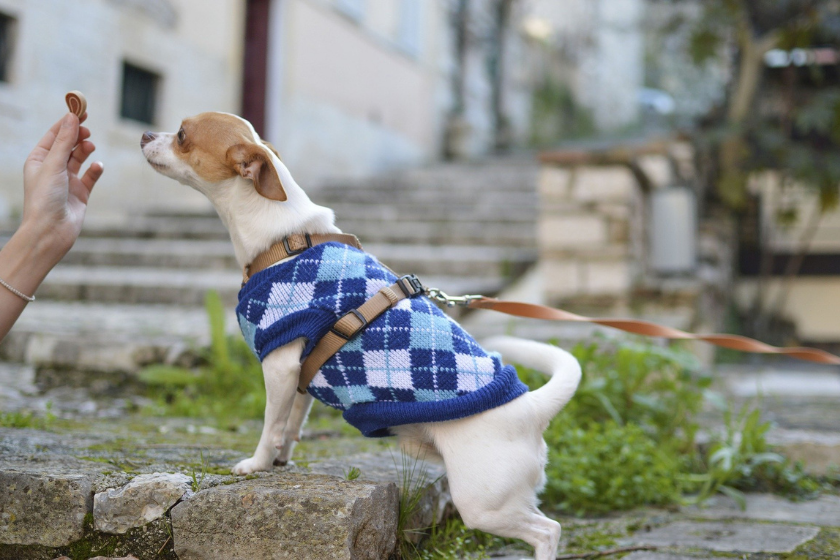
It's wonderful if your dog responds well in class. It's even better if he/she does so at home. To help your new friend, be sure to practice everything from training consistently.
Do you remember spelling tests in elementary school? It's the same idea. The training builds on itself, and the more you study, the better you do. Training a rescue dog successfully depends even more on how consistent you are than with normal dogs.
5. You are being trained, as well.
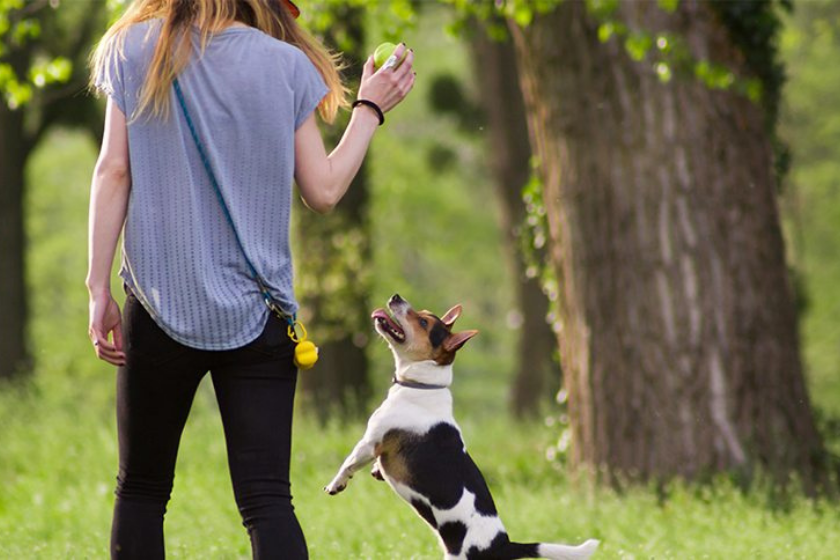
Remember, as much as your new dog is learning, you are, as well. At training, you may learn to only ask each command once. You may learn to ask the dog to "come," or "come here," or "here." Every place is different, but you're learning the language of training your dog just as much as he/she is.
Even if this isn't your first dog, training is beneficial. Everyone from your family, and those who will be around the dog often, should also learn the training lessons.
6. Patience is key.
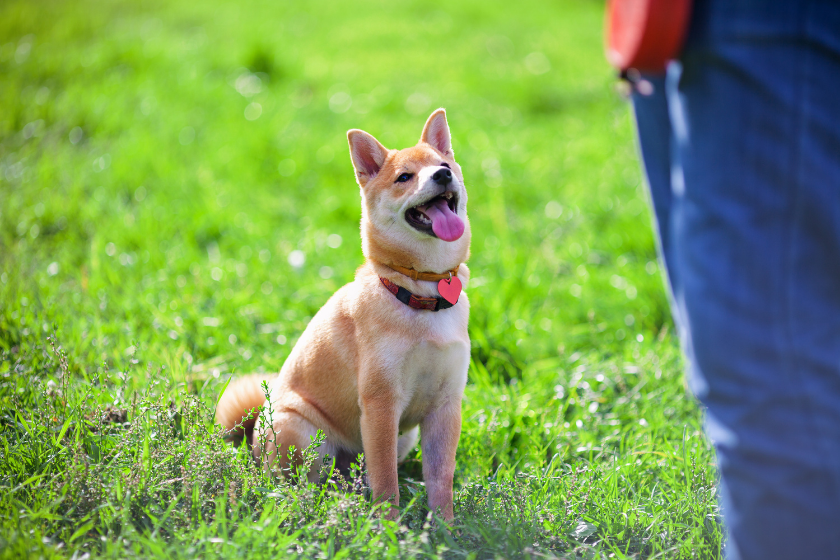
Patience is important when training any dog (or animal, in fact), but it is particularly important when dealing with a rescue dog, who may have a past filled with undesirable experiences, suffer from various fears or just be learning things at an age far older than their puppy companions.
Be patient.
At the end of training, you will have a well-behaved companion. There are multiple levels of training, as well as trick training. How far you and your friend take training depends on your goals, and what the trainer thinks your dog needs. Rescue dogs sometimes have certain behavioral problems or suffer from separation anxiety due to their varied pasts. A trainer can help make a plan for you and your new friend to overcome these issues. Some dog training tips might make a huge difference, as well. Training a rescue dog doesn't have to be difficult!
But, by the end, you'll have a dog who will sit, stay, wait, leave it, come, and a few other basic commands that will help you keep him/her safe and happy. Enjoy your new family member!
Have you trained a rescue dog? Do you have your own easy steps? Tell us on the Wide Open Pets Facebook page!
This story was originally published January 31, 2020.
